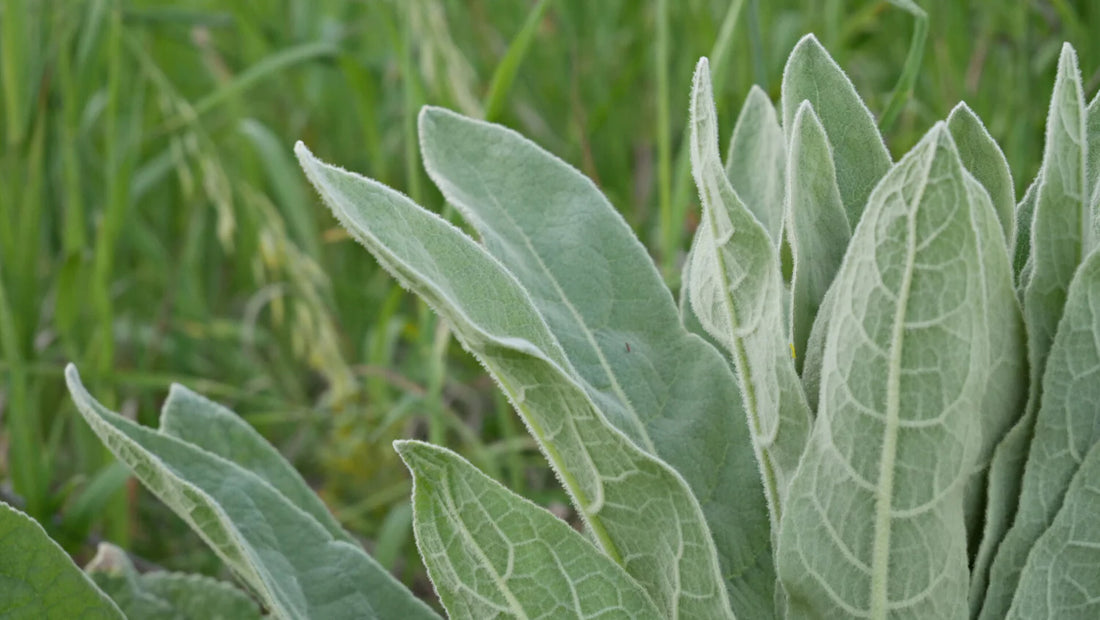
Mullein: How to Grow, Care for, and Harvest the Guardian of the Garden
Share
Mullein, also known as Verbascum thapsus, is a versatile herb that has a long history of medicinal use. With its tall spikes of yellow flowers and soft, woolly leaves, mullein is not only useful but also visually pleasing in your garden. The leaves and flowers of mullein are rich in saponins, flavonoids, and other beneficial compounds, making it a fantastic addition to your herbal medicine toolkit.
We're HUGE fans of Mullein and incorporate it into many of our products. You can learn more about our Mullein offerings and dive into our many posts about Mullein's health benefits here.
Mullein is a stellar addition to a regenerative or permaculture garden. It's a biennial plant with a deep taproot system, which helps improve soil structure by breaking up compacted layers. This ability also aids in nutrient cycling, as it can access nutrients and minerals from deep within the soil profile. This is why most experts agree not to harvest mullein from the side of the road - the plant will accumulate toxins from pesticides, fuel exhaust, and other harmful chemicals as much as it will the good stuff from the soil - so be sure to only harvest mullein grown in clean soil.
Mullein acts as a pioneer species, improving soil fertility and paving the way for more sensitive plant species to thrive. Its tall stalks can provide a microclimate for shorter plants, offering some shade and wind protection. It's nutrient-dense leaves make for a great chop-and-drop mulch as well - when we harvest leaves, I always use the damaged and older leaves as a soft mulch cover for sensitive new plants.
Basic growing information for mullein:
- USDA Growing Zone: 4-9
- Soil pH: 6.1-7.8
- Sunlight: Full sun to partial shade
- Tolerant of Light Frost: Yes
- Soil Requirements: Prefers well-draining soil, even sandy or rocky soils. Can tolerate poor soils.
- Drought-tolerant, does not like to be overwatered!
- Spacing: 18-24 inches apart
- Mature height: 5-6 feet
- Propagation: Seeds, direct sow in the garden in spring or autumn. Mullein self-seeds readily but is not overly invasive.

How to Plant Mullein
-
Choose a suitable location: Mullein prefers locations that receive full sun and can tolerate a range of soil conditions, including rocky or sandy soils.
-
Water the seedlings: Like most plants, water the seedlings thoroughly before transplanting them to prevent shock and reduce stress.
-
Prepare the planting site: Remove any weeds or debris from the soil. Dig a hole that's deep and wide enough to accommodate the root ball of the seedling.
-
Gently remove the seedling: Carefully remove the mullein seedling from its container, ensuring not to damage the roots.
-
Place the seedling in the hole: Ensure the top of the root ball is level with the soil surface. Backfill the hole with soil and gently press down on the soil around the base of the seedling.
-
Water: After transplanting, water the mullein seedling again, watering deeply to encourage root growth.
-
Mulch: Mulch around the seedling with an organic material like straw or wood chips. This will help conserve moisture and discourage weed growth.
- Monitor: Keep an eye on your mullein plant over the following days and weeks, watering as needed to keep the soil moist, but not waterlogged.
By following these steps, you can ensure your mullein plants will thrive, offering you both aesthetic and medicinal benefits in your regenerative garden.
Harvesting Mullein
Harvesting Leaves:
- Harvest leaves from first-year plants from mid-summer until the first frost.
- Harvest outer leaves first - leave the inner rosette of leaves so the plant will continue to grow.
- For second-year plants, harvest leaves up until the flower stalk forms.
Harvesting Roots:
- Harvest roots from first-year plants after the first frost through winter.
- Do not harvest roots once second-year plants begin leafing out. Some may disagree, but we find that once the plant has begun to leaf out in its second year, the potent root medicine energy is dispersed to the leaves and flower stalks.
Harvesting Flowers:
- Harvest flowers from second-year plants as they bloom. Pick gently, one by one. Lay flowers on a white sheet or cloth for an hour or so to allow any bugs a chance to move on. Dry flowers thoroughly before infusing in oil.
Energetic and Spiritual Properties of Mullein
Mullein has a rich history in both herbal medicine and various spiritual and magical traditions. Here are some traditional associations, energies, and properties attributed to mullein:
- Element Associations: Fire, Air
- Planetary Associations: Saturn
- Astrological Associations: Capricorn, Aquarius
- Chakra Associations: Throat Chakra Energy, Solar Plexus
- Magical Properties: Divination, Protection, Courage, Health, Self-Love
Herbal Actions of Mullein
- Demulcent: Mullein has a soothing effect on any inflamed and irritated internal tissues it comes into contact with.
- Expectorant: Helps the body remove excess mucus from the lungs.
- Anti-inflammatory: Can help reduce inflammation and irritation.
- Vulnerary: It promotes wound healing and forms a protective barrier on wounds.
- Analgesic: Mullein can help relieve pain.
Medicinal Energetics
- Mullein is often viewed as energetically cooling and moistening. It's particularly useful in conditions where there's dryness, heat, and inflammation, such as in a dry cough or sore throat.
- It is considered a lymphatic plant, helping to remove congestion and waste from the lymph system.
- Mullein's energetics are gentle and calming, making it suitable for use in children and adults alike.
Our Mullein Products
While Mullein is often considered a weed, we let it naturalize on our little organic herb farm, and harvest copious amounts of leaves all summer long. We use the fuzzy giant leaves in our Breathe Tea and Mullein Leaf Tincture or Extracts.
Mullein Leaf is powerful ally for all things lung-related. It’s like a sweet mountain swimming hole for your lungs on a hot summer day - cooling, soothing, and relaxing - It will give your lungs a reprieve when you’ve been hacking and help you repel any gunk laying in there while boosting your immunity to fight off infection. Great for asthma, coughs, bronchitis, and smokers.
Mullein Root is a super special friend for all kinds of inflammation "below the belt." Its herbal actions assist with lower back pain while offering structural support to the connective tissues in your hips and spine - sciatica, arthritis, slipped discs - give Mullein Root Tincture a try. It’s also known to relieve symptoms of urinary tract issues such as UTIs, incontinence, and prostate swelling. I think it has a weirdly delicious smell of cacao - root - earth - soil that is comforting and honestly makes my heart swell with gratitude.
Arguably one of my favorite remedies is Mullein Flower Essence. If you have any doubt about your brilliance, if you struggle to reveal your soul to the world, if you feel stuck on a path that you know deep down is not for you, Mullein Flower Essence is for you.
It's clear that this beautiful and hardy plant has much to offer. Whether you're interested in its medicinal qualities, attracted to its historical and spiritual significance, or simply appreciate its tall, distinctive stalks and vibrant yellow flowers, growing mullein can be a rewarding experience. We hope this guide empowers you to successfully cultivate and utilize this extraordinary herb in your own garden. Happy gardening!
References
- Grieve, M. (1998). A Modern Herbal (Vol. 2). Dover Publications.
- Hoffmann, D. (2003). Medical Herbalism: The Science and Practice of Herbal Medicine. Healing Arts Press.
- Buhner, S. H. (2012). Herbal Antivirals: Natural Remedies for Emerging & Resistant Viral Infections. Storey Publishing.
- Wood, M. (2008). The Earthwise Herbal: A Complete Guide to Old World Medicinal Plants. North Atlantic Books.
- Cunningham, S. (2003). Cunningham's Encyclopedia of Magical Herbs. Llewellyn Publications.
- Tierra, M. (1988). Planetary Herbology. Lotus Press.
- USDA Natural Resources Conservation Service: Plant Profile for Verbascum thapsus L. - https://plants.usda.gov/core/profile?symbol=VETH
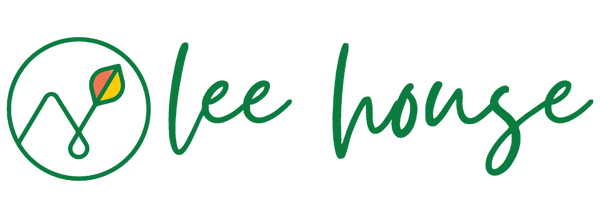

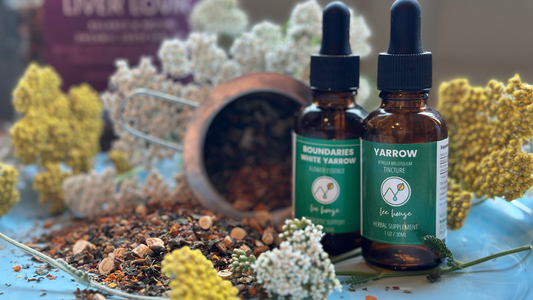
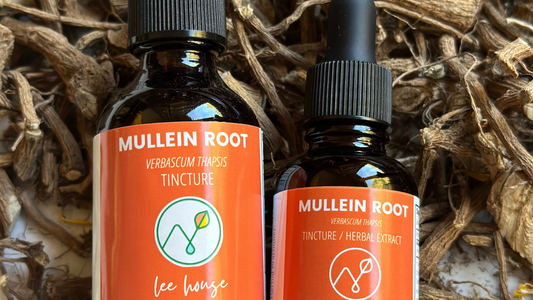

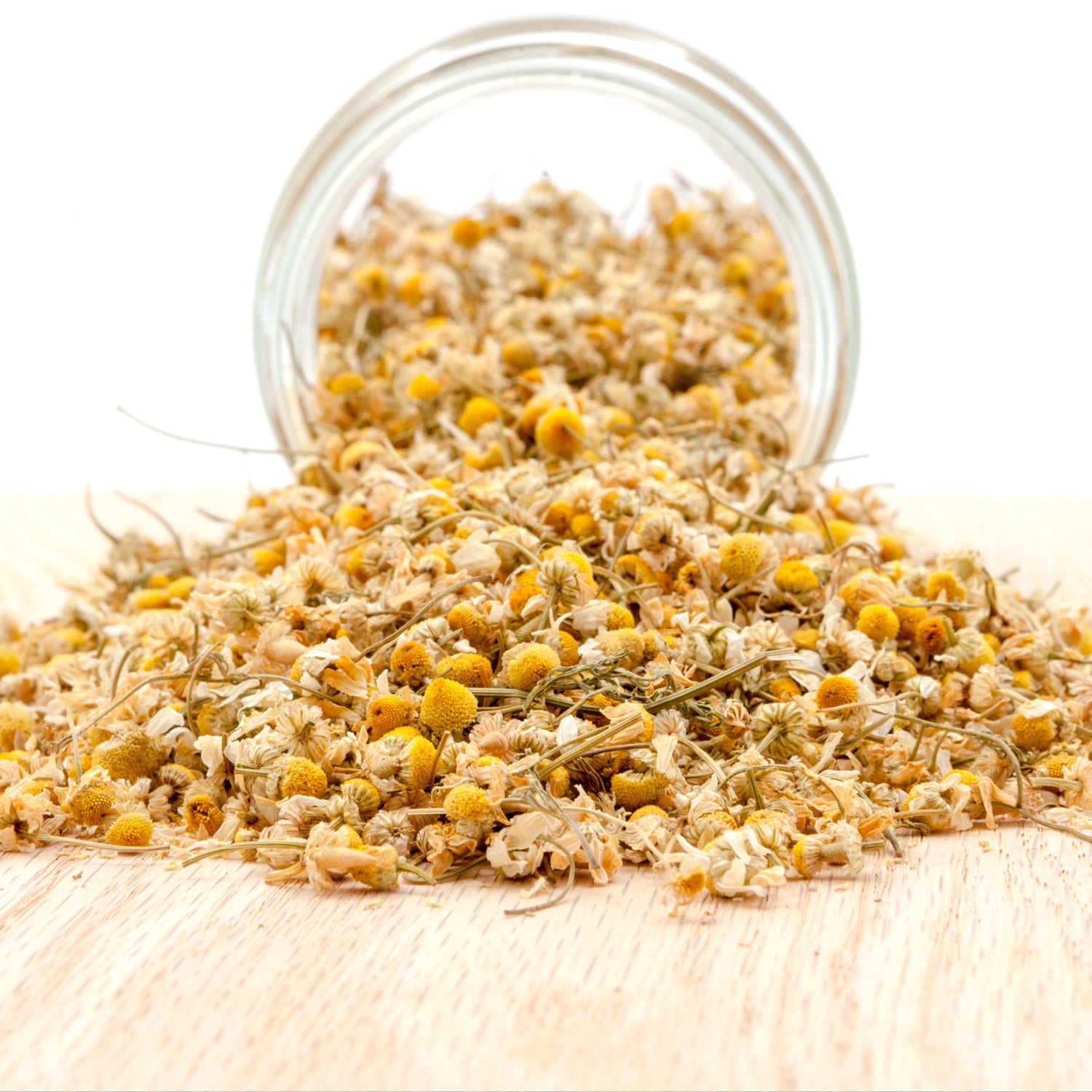
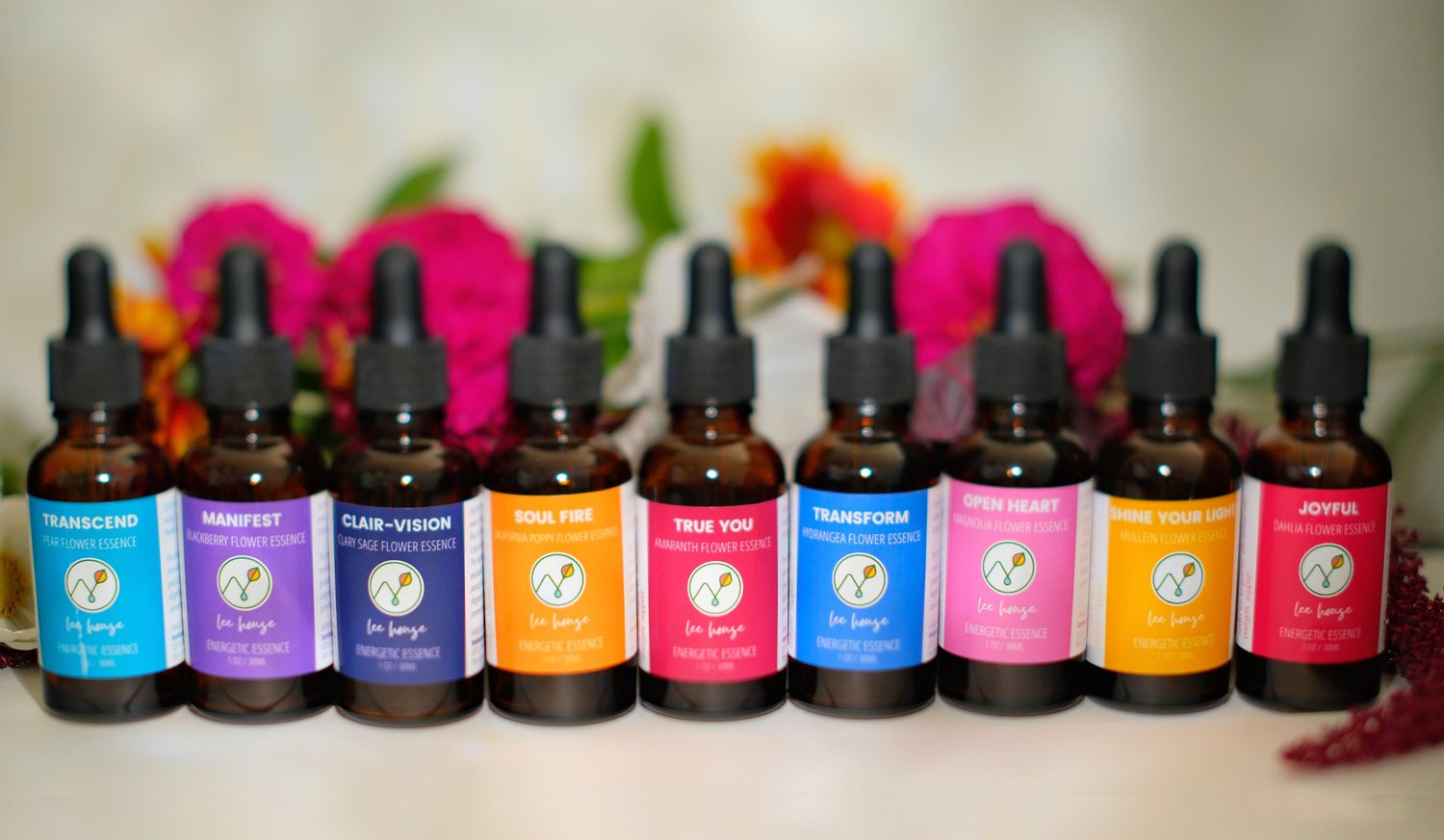
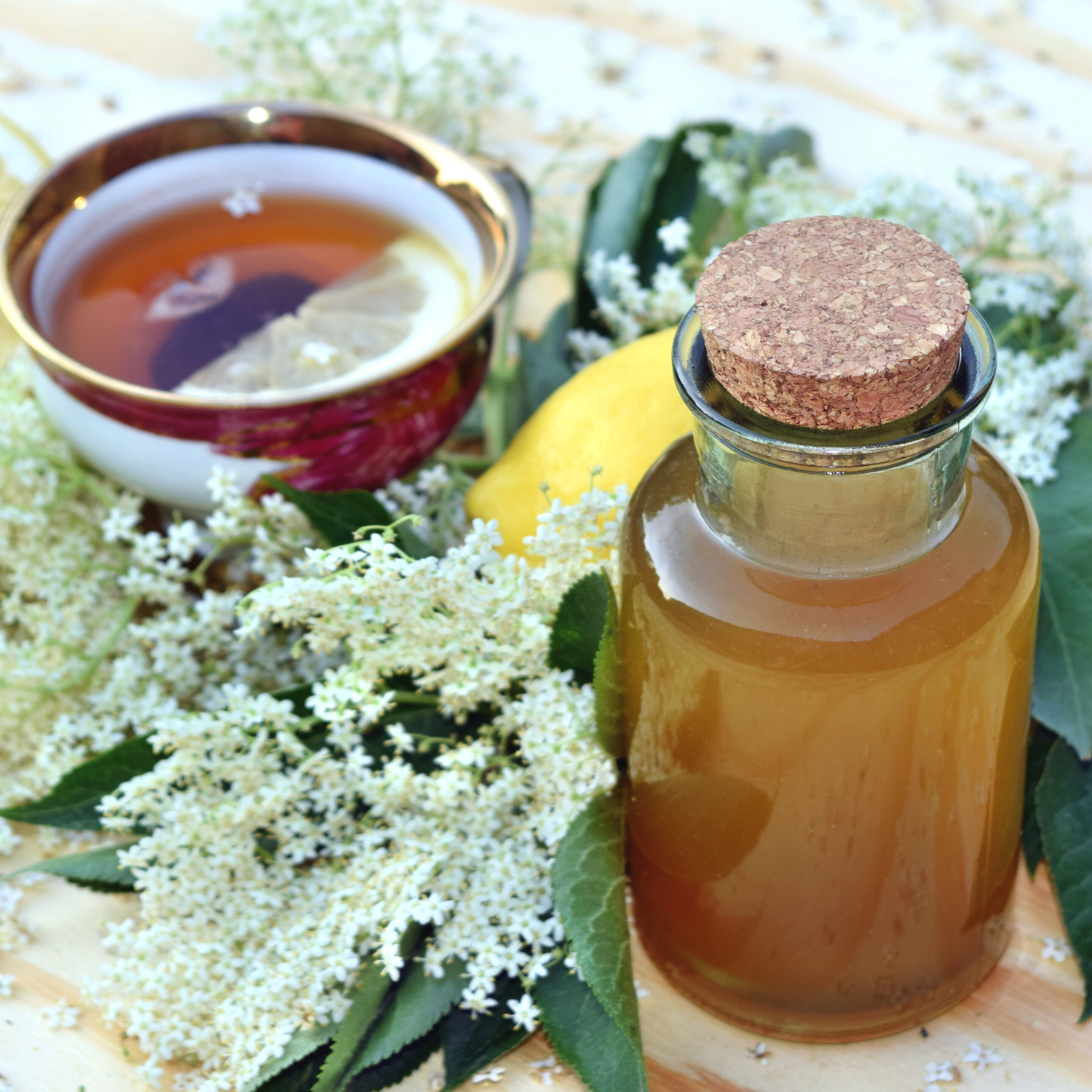
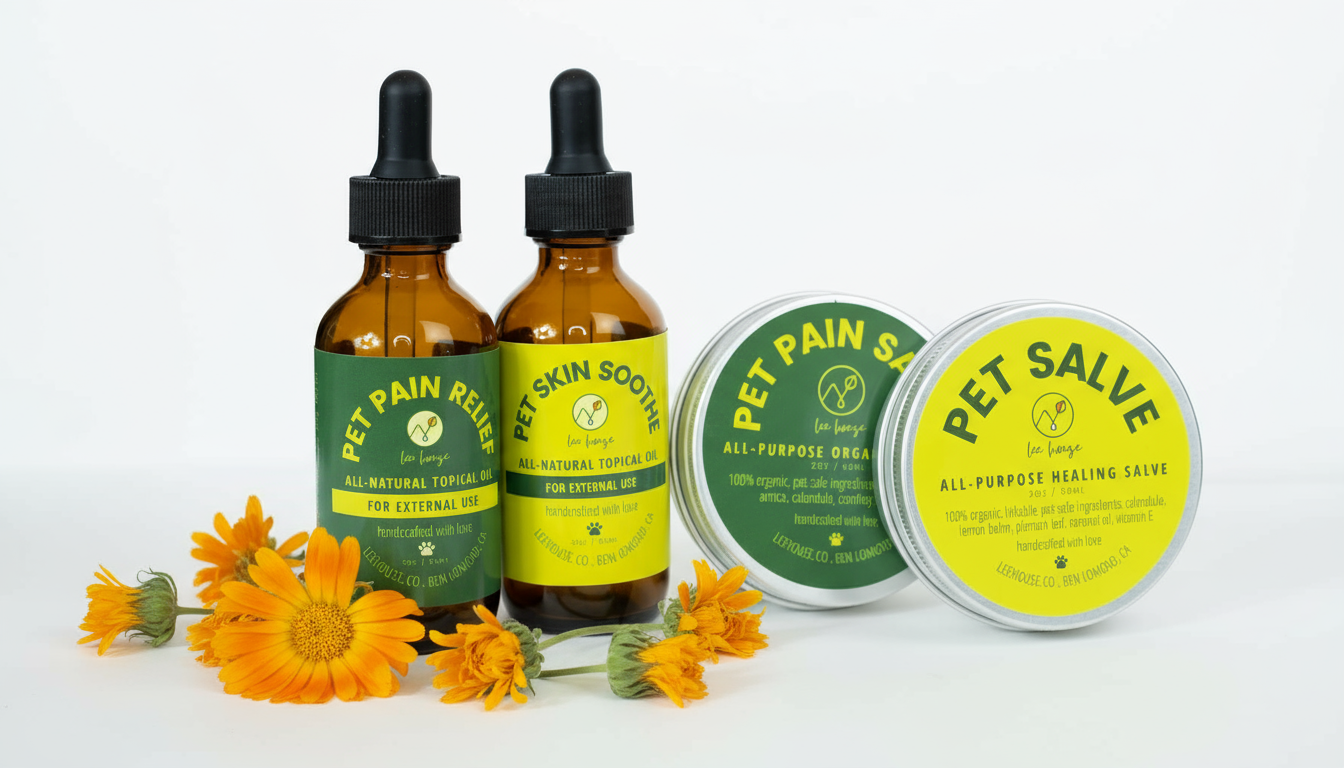
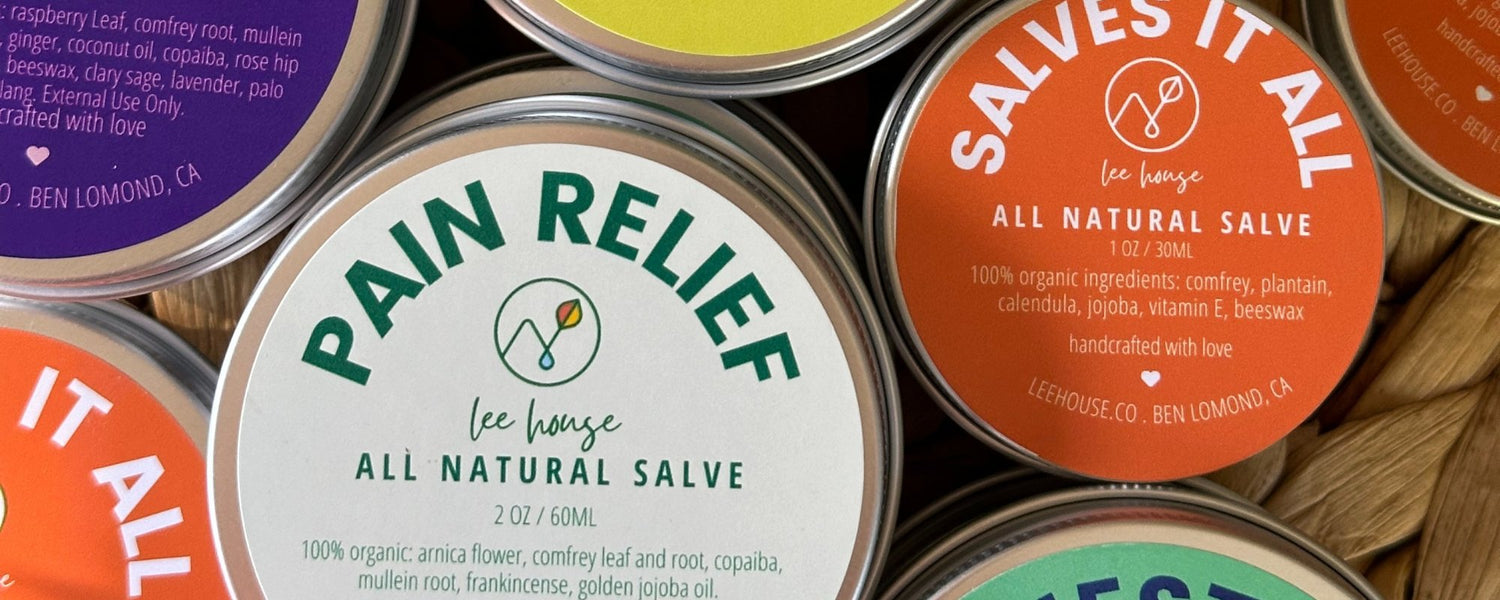
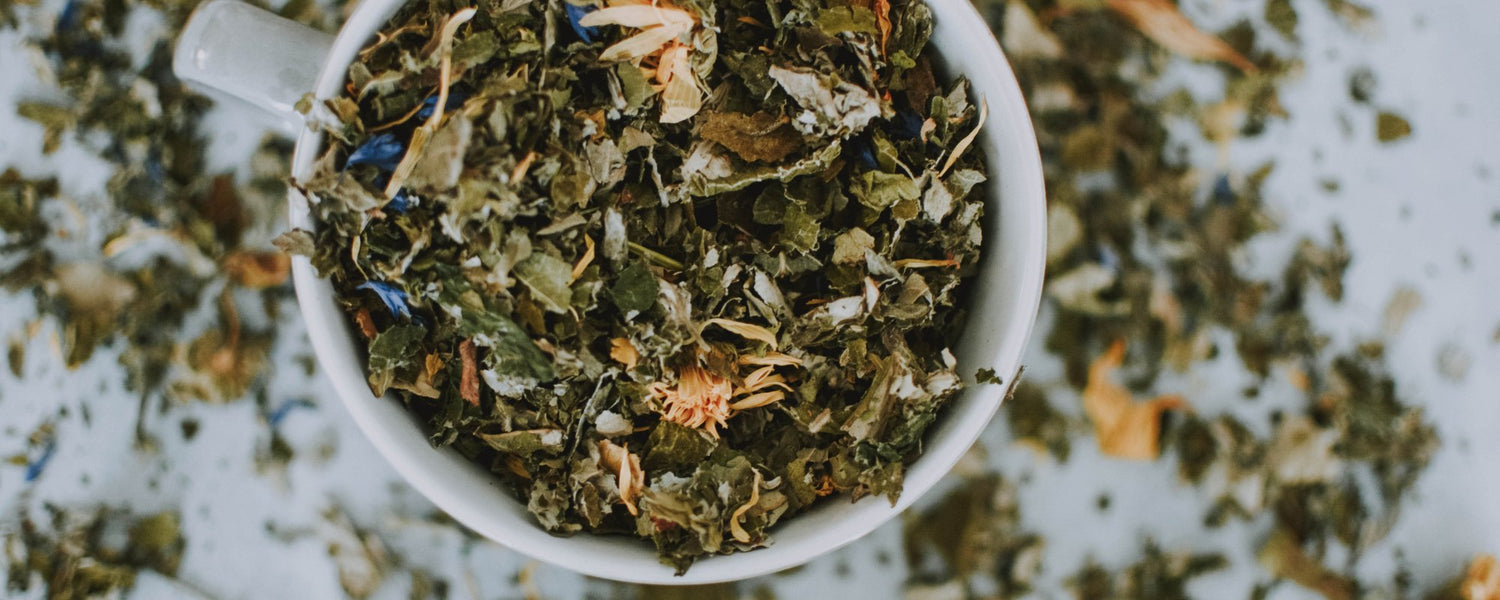
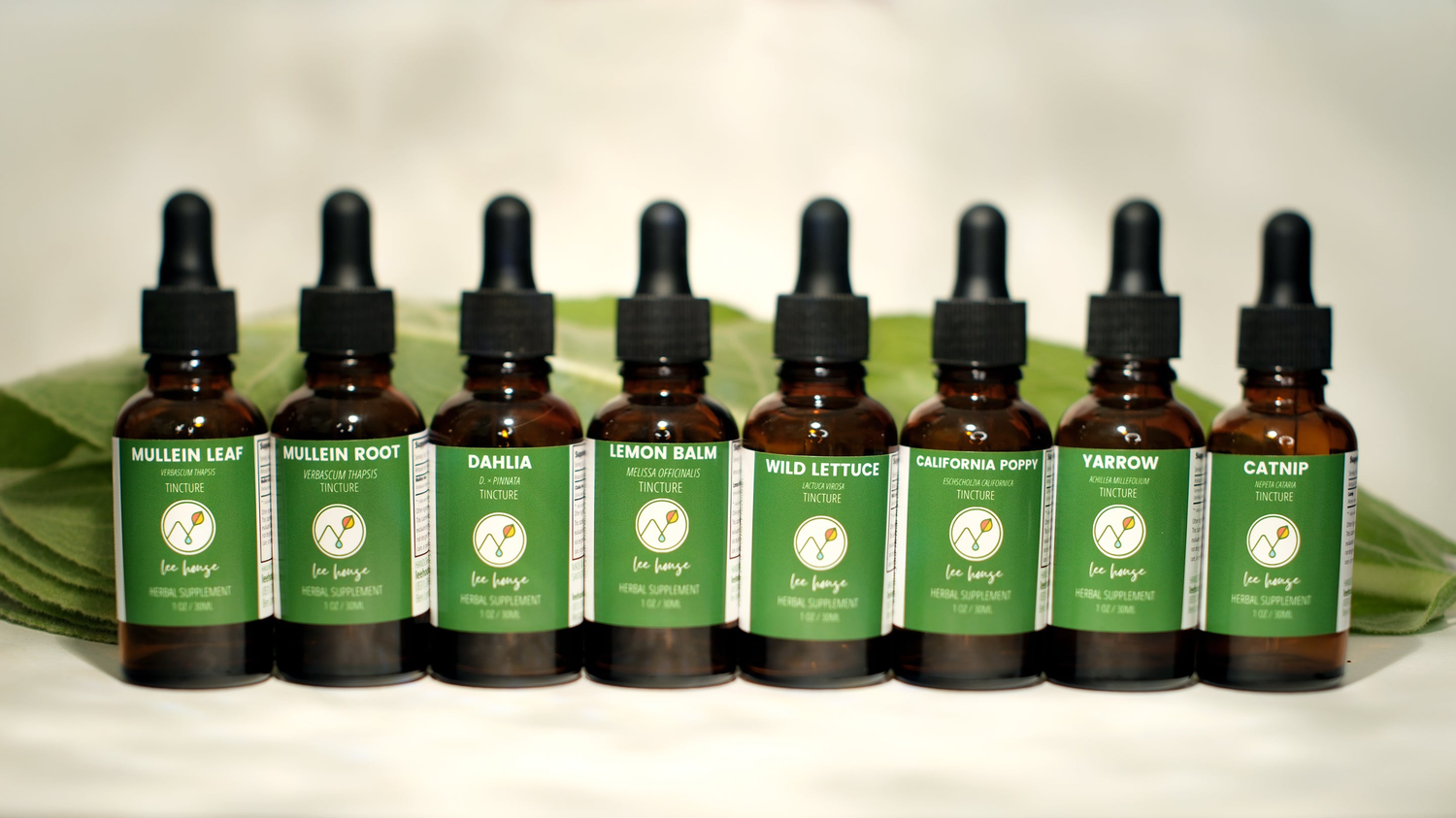
1 comment
Do they have books on how to and when to harvest Mullins, some say harvest leaves any time for tea, wife has bad lungs and I would like to try it, as I have a lot of it growing everywhere. Thanks so much.